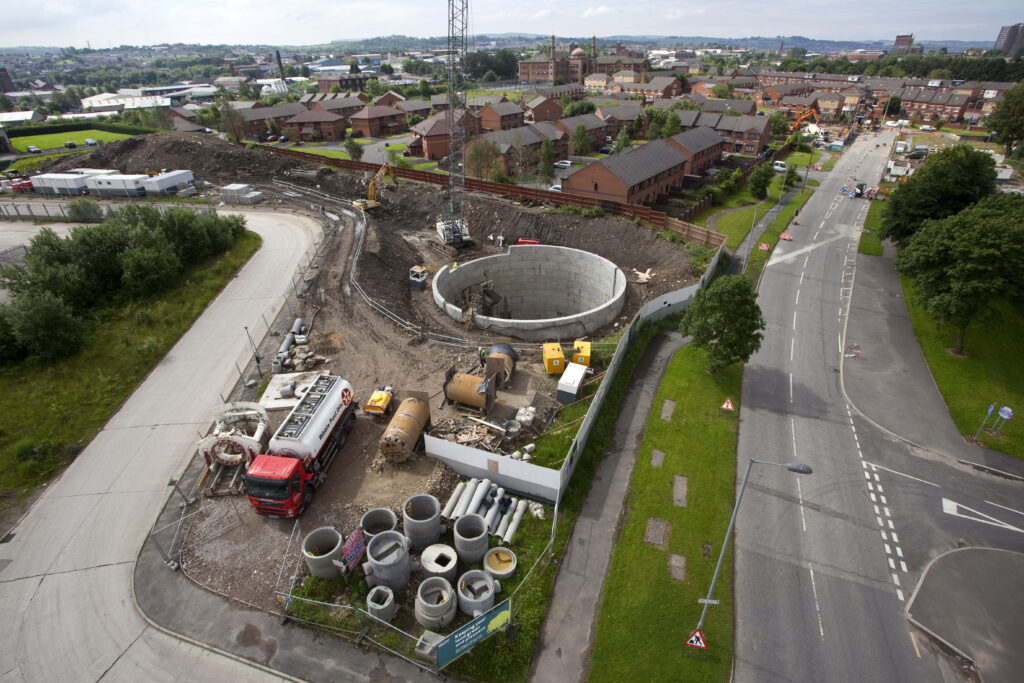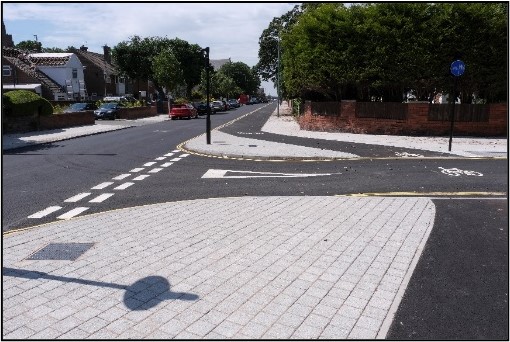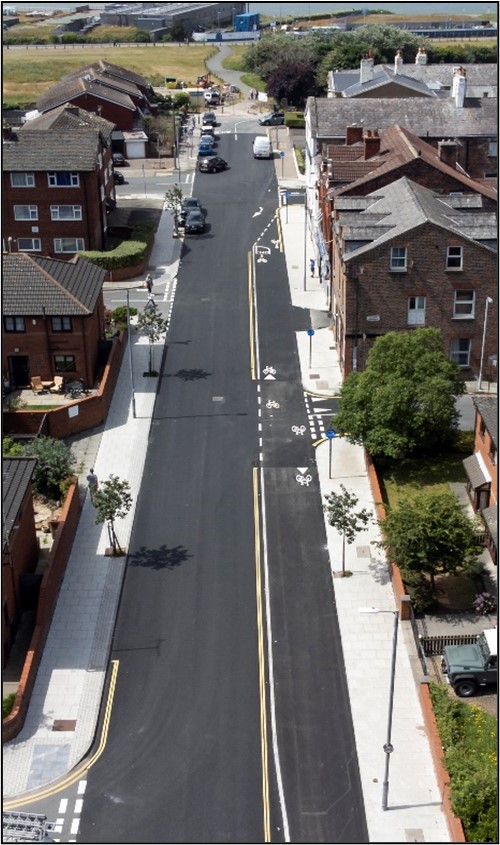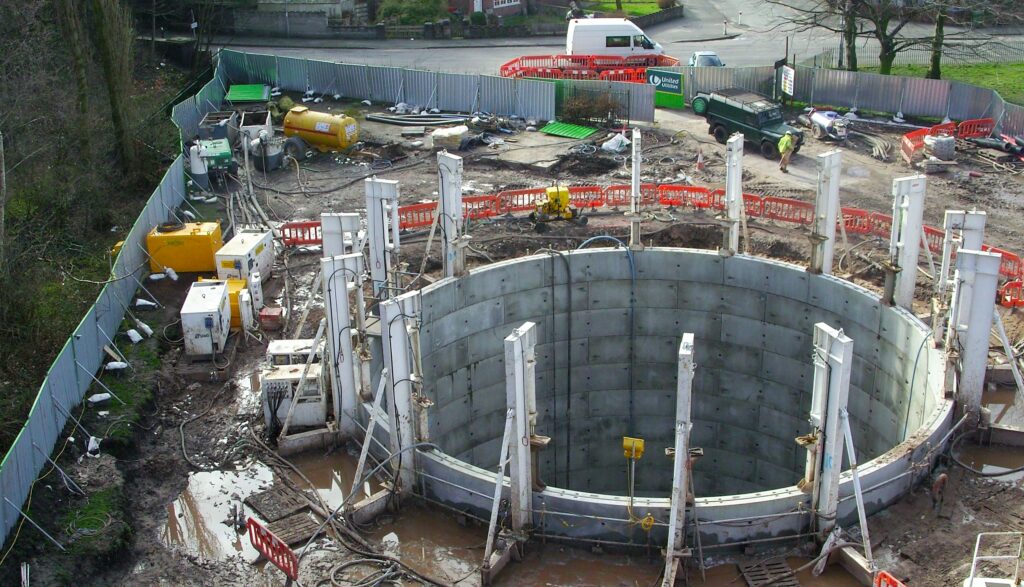
Blackburn Town Centre UID’s, Blackburn
The project objective was to resolve five unsatisfactory intermittent discharges (UID's) into the River Blakewater
Read MoreWidening of the existing footways including large areas of surfacing to improve the difficulties experienced by pedestrians and cyclists in peak periods.
Part funded by the European Regional Development Fund and local growth Fund to improve conditions for people walking and cycling.
The project involved the widening of the existing footways including large areas of surfacing, waterproofing the railway tunnel bridge, quality paving materials, kerbing, drainage, guard rails, traffic signals and street lighting. Additional works to the opposite footpath were also requested which included new paving, new block paving, kerbing, bollards, signage and additional planning & surfacing and road marking of Great Georges Road.
A vital scheme – to improve the difficulties experienced by pedestrians and cyclists at peak periods but also further issues which identified road transport as a major contributing factor to Sefton’s poor air quality. This important scheme was one way of helping Sefton meet their carbon reduction target and improve air quality within the Borough.
We fully understood the schemes drivers, delivery difficulties, and the client’s desired outcomes. One of the main desired outcomes for the client was the provision of a high-quality scheme to reduce congestion, improving the safety and efficiency of an existing route whilst minimizing the impact on the local community during construction and also minimizing disruption to the travelling public. The site was surrounded by numerous and varied properties ranging from private residences, small independent shops and businesses, Town Hall, nearby hotel, public house, Church and Community Centre. It was imperative that disruption to these third parties was kept to an absolute minimum; the works had the potential to severely impact on their operations if managed inadequately.
All traffic management measures required for constructing the works caused minimum disruption and our plans also incorporated safe pedestrian routes around the works with clearly signed footways wherever diversions were required. Our Site Manager, Dave Sammon operated an ‘open door policy’ in his office for members of the local community to call in should they wish to discuss the works and get the latest updates.




The project objective was to resolve five unsatisfactory intermittent discharges (UID's) into the River Blakewater
Read More
Project to improve unsatisfactory intermittent discharges to local watercourses at two locations in Warrington.
Read More
Major repair and maintenance works to a Grade 1 Listed Structure.
Read More
D&C Section 278 & 38 highway and infrastructure works for a new Care Home under…
Read More